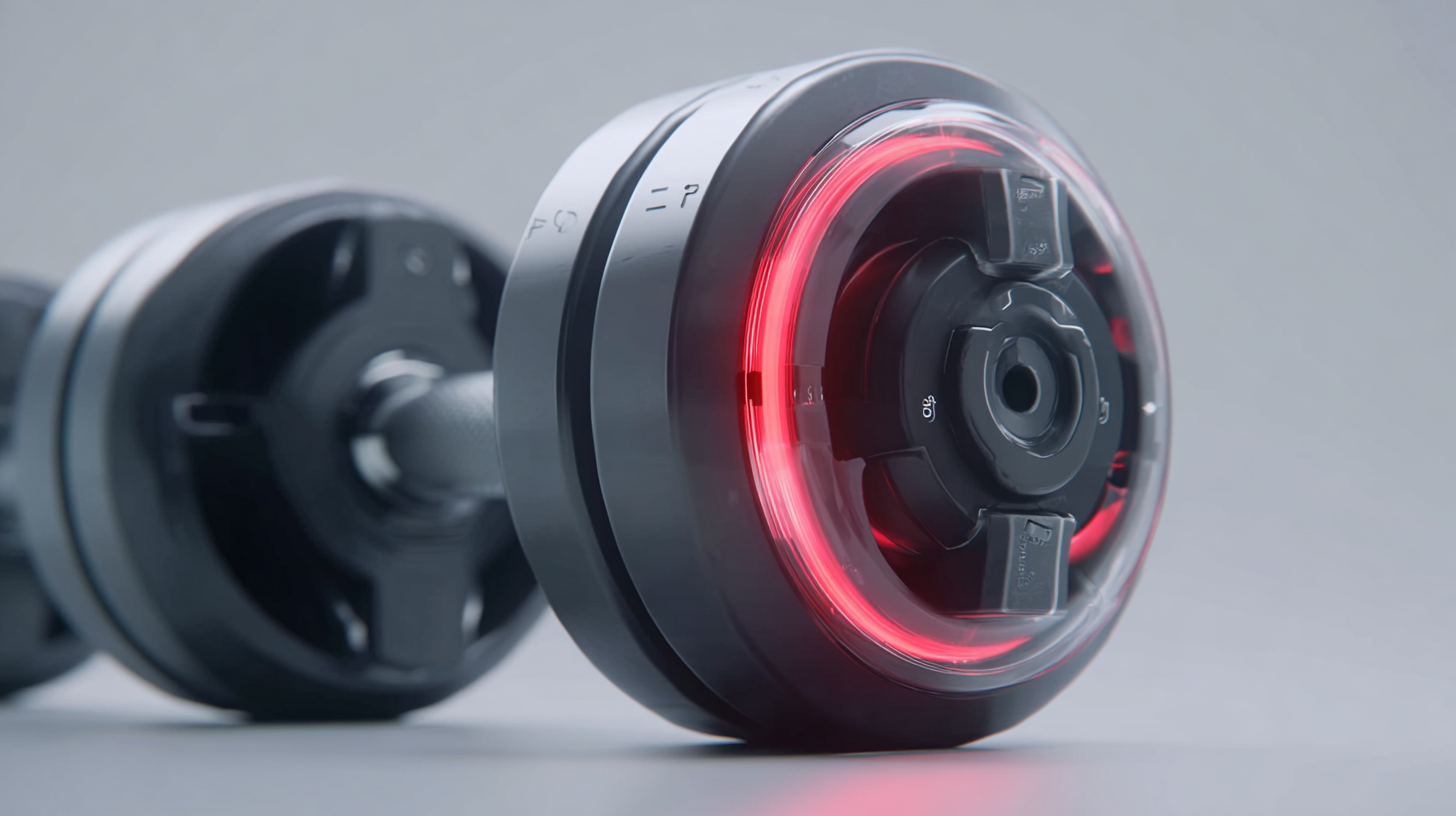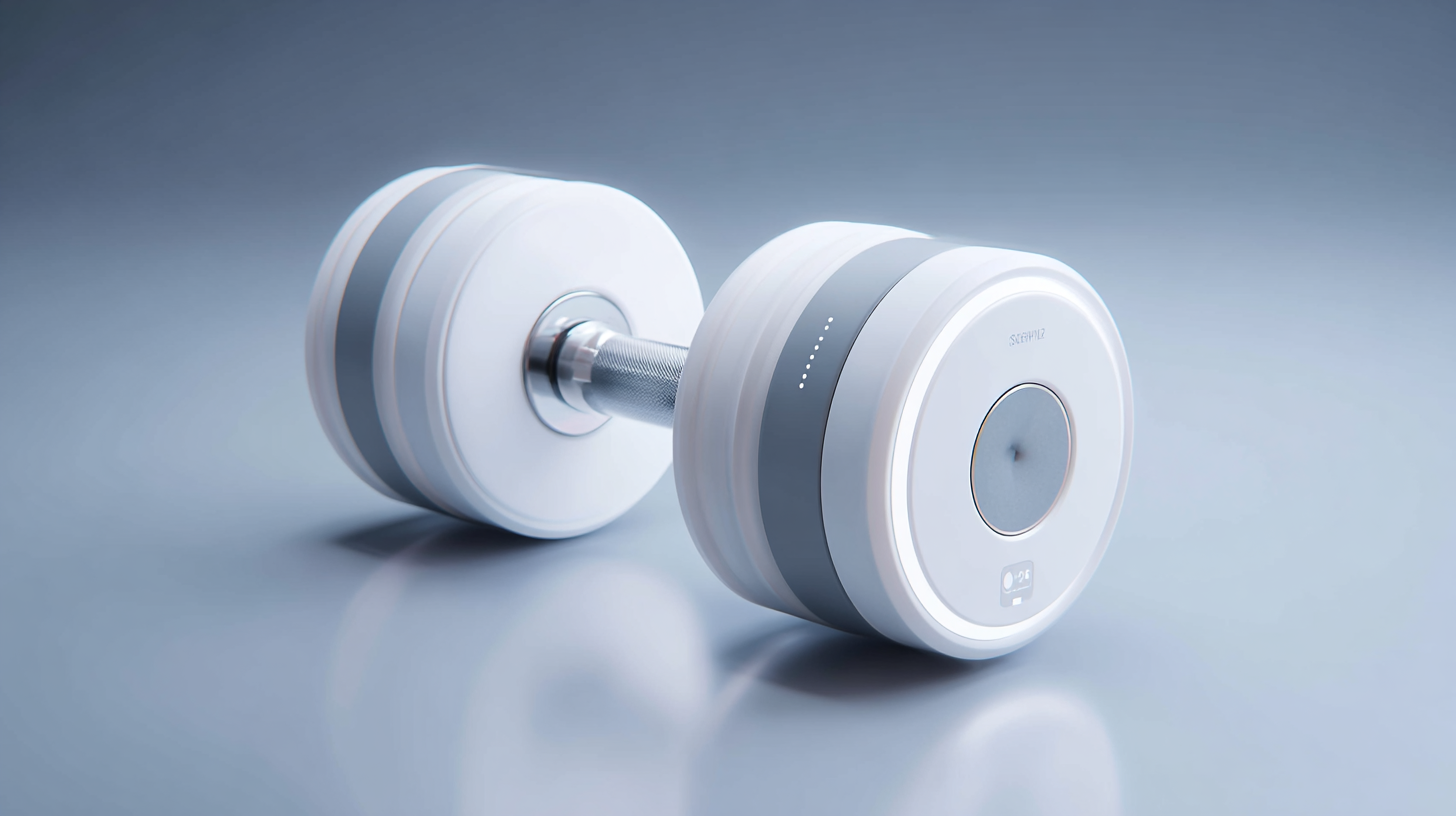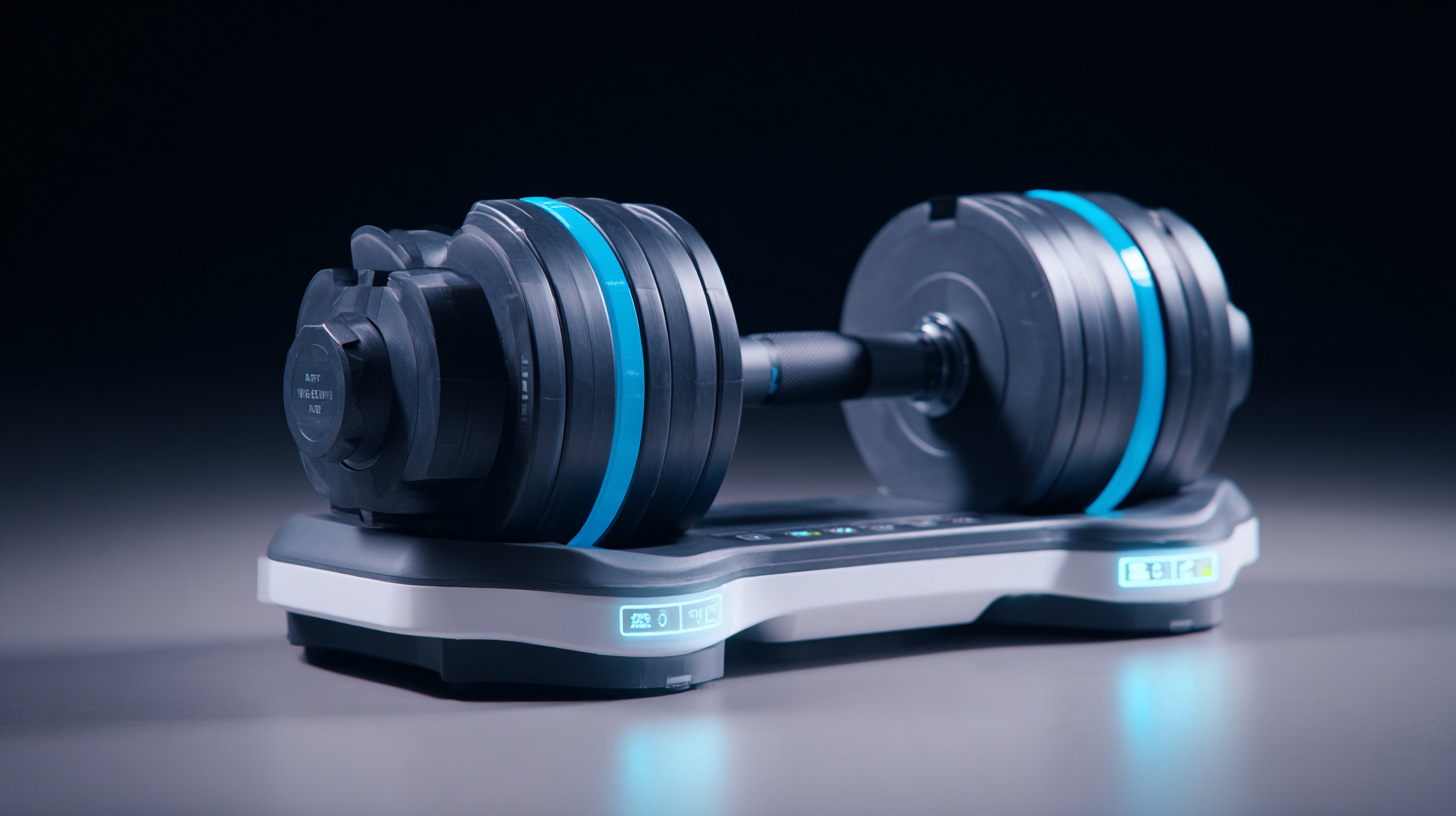In recent years, the fitness industry has witnessed a remarkable transformation with the advent of technology-driven equipment, revolutionizing the way we approach strength training. Among the most innovative additions to the realm of smart fitness tools is the Automatic Dumbbell. This cutting-edge equipment not only enhances workout efficiency but also adapts to individual fitness levels, providing a personalized experience that traditional weights cannot offer.

As we delve into the world of Automatic Dumbbells, we will explore how this ingenious innovation is reshaping our workout regimes and what trends are emerging in the smart fitness equipment landscape. From their user-friendly interfaces to their ability to track performance metrics, Automatic Dumbbells are setting a new standard in fitness technology, catering to both novice exercisers and seasoned athletes alike.
Join us on this journey as we uncover the many benefits and functionalities of Automatic Dumbbells and discover how they can elevate your fitness routine.
The evolution of dumbbells has been significantly shaped by advancements in smart fitness technology. Traditionally, dumbbells were simple pieces of equipment, offering limited versatility and requiring physical adjustments for changing weights. However, with the advent of automatic dumbbells, users can now enjoy the convenience of easily adjustable weights with just the touch of a button. This innovation not only enhances the workout experience but also provides space-saving solutions for home gyms, appealing to fitness enthusiasts who prefer efficient yet effective training methods.
In addition to automatic weight adjustments, smart dumbbells often come equipped with features such as built-in sensors, workout tracking, and connectivity to fitness apps. These advancements allow users to monitor their progress, receive personalized training advice, and stay motivated through data-driven feedback. As the demand for connected fitness devices grows, the role of dumbbells in strength training is evolving, bridging the gap between traditional workouts and the modern fitness ecosystem. This transformation reflects a broader trend in the fitness industry, where technology and wellness converge to create smarter, more engaging training experiences.

Automatic dumbbells are at the forefront of smart fitness innovations, providing users with a versatile and efficient workout experience. One of the key features that defines the automatic dumbbell experience is its ability to quickly adjust weights with just the touch of a button. According to a recent report by IBISWorld, the global smart fitness equipment market is projected to grow at a CAGR of 23.5% between 2021 and 2026, showcasing the demand for such innovations in home gyms. This adaptability not only saves time but also allows for a seamless transition between different exercises, making workouts more dynamic and engaging.
Another important aspect is the integration of technology, such as fitness tracking and app connectivity. Many automatic dumbbells come equipped with sensors that track reps, sets, and weight changes, allowing users to monitor their progress and tailor their routines. A study from the American College of Sports Medicine highlights that personalized fitness tracking can boost motivation and adherence to workout programs, leading to better results.
**Tips:** To make the most of your automatic dumbbell experience, consider setting specific goals and utilizing the tracking features to adjust your workouts accordingly. Additionally, explore the app connectivity options to join virtual classes or challenges that can enhance your training routine. Finally, ensure you perform proper warm-ups to avoid injury while experimenting with the variable weights these innovative tools offer.
This chart illustrates the increasing popularity of automatic dumbbells based on survey data gathered over the past five years. The categories include Home Use, Gym Use, and Professional Training Settings.
The rise of smart fitness equipment has reshaped the landscape of home workouts, with automatic dumbbells emerging as a frontrunner in this trend. According to a recent market research report, the global smart fitness equipment market is expected to reach $12 billion by 2025, indicating a robust annual growth rate of over 20%. This surge is largely driven by increasing health awareness among consumers and a growing demand for technology-integrated fitness solutions. Automatic dumbbells, with their ability to adjust weight settings and track exercise metrics, are at the heart of this innovation, appealing to both seasoned athletes and fitness newcomers alike.
Consumer demand for smart dumbbells reflects a broader trend towards convenience and personalization in fitness routines. A survey conducted by a leading fitness tech firm revealed that 70% of users prefer equipment that can seamlessly integrate with their smart devices, allowing for tailored workout programs and real-time performance tracking. This capability not only enhances engagement but also offers users insights into their fitness progress, fostering a more effective and motivating workout experience. As manufacturers continue to innovate, the integration of advanced features like AI coaching and app connectivity is expected to further drive the popularity of automatic dumbbells in the market.
In the realm of smart fitness equipment, automatic dumbbells stand out as a groundbreaking innovation that personalizes workout experiences. Unlike traditional weights, these advanced tools utilize sophisticated technology to adjust resistance levels, catering to the individual needs of each user. This adaptability allows users to seamlessly transition between different workouts without the hassle of switching weights, enhancing their overall training efficiency.
The integration of technology in fitness equipment goes beyond mere convenience; it transforms the way individuals engage with their workouts. Many automatic dumbbells come equipped with apps that track progress, suggest personalized routines, and even monitor form to reduce the risk of injury. This level of customization not only motivates users to stick to their fitness goals but also allows them to achieve results that are tailored specifically to their capabilities and aspirations, fostering a deeper connection with their fitness journey. As these innovations continue to evolve, the future of personal fitness looks increasingly collaborative and user-focused.

In recent years, the fitness world has witnessed a remarkable transformation with the emergence of smart dumbbells, an innovation poised to revolutionize traditional weight training. Unlike conventional dumbbells that offer a fixed weight, automatic dumbbells provide adjustable resistance, allowing users to switch weights seamlessly during their workout. This feature not only saves space but also promotes a more dynamic workout experience by enabling varied exercises without the hassle of changing equipment.
When comparing smart dumbbells to their traditional counterparts, the pros and cons become evident. On one hand, smart dumbbells offer convenience and advanced tracking capabilities, often integrating with fitness apps to monitor performance and progress. This technology encourages users to stay consistent and focused on their fitness goals. However, some may argue that traditional weights provide a more tactile and straightforward approach to training. They don’t require charging or frequent updates, appealing to those who appreciate simplicity in their workout routine.
Ultimately, the choice between smart and traditional dumbbells will depend on individual preferences and workout styles, as more fitness enthusiasts seek the best options to enhance their home gym experience.






